When to Use a Deep Tissue Massage Gun for Optimal Workout Results
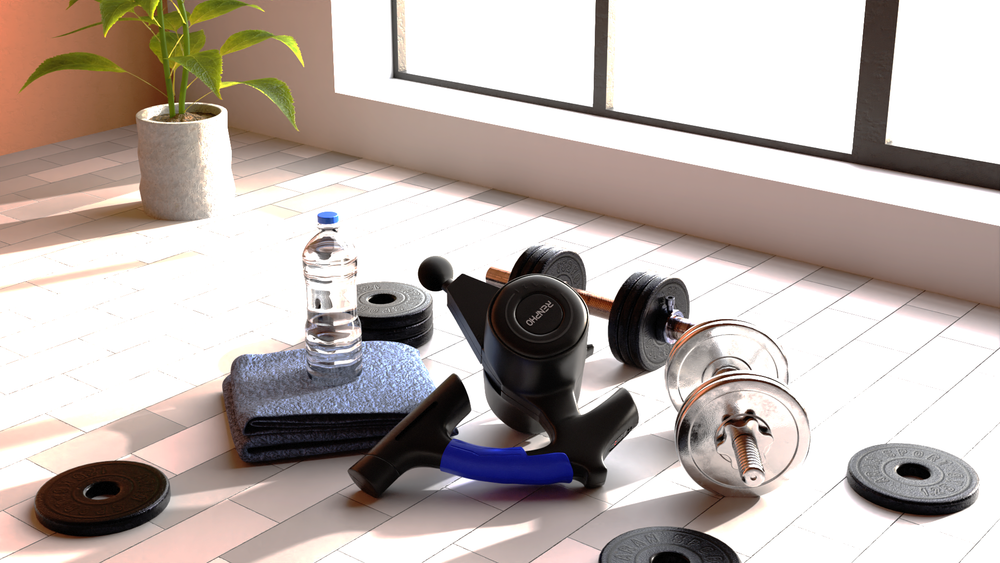
Stay tuned to our latest news
When aiming for optimal workout results, recovery plays a crucial role. Intense physical activity can push our bodies to new limits, but it also strains our muscles and tissues. To counteract this stress and enhance the recovery process, many fitness enthusiasts and athletes have turned to deep tissue massage guns as a valuable tool in their arsenal. These innovative devices provide targeted muscle relief and promote faster recuperation, allowing individuals to get back to their workouts feeling refreshed and ready to tackle new challenges. However, knowing exactly when to use a deep tissue massage gun for maximum benefit is key.
Let's explore the optimal timing for incorporating a deep tissue massage gun into your workout routine and how it can help you achieve the best possible results. After all, understanding the importance of proper recovery and utilizing the right tools can elevate your fitness journey. So, let's delve into the world of deep tissue massage guns and discover how they can optimize your workout outcomes.
What Is Percussive Therapy?
Percussive therapy is a form of soft tissue manipulation that uses rapid, targeted pulses to alleviate muscle soreness, decrease inflammation, and improve overall physical performance. This innovative technique has gained popularity among athletes, professional trainers, physical therapists, and those seeking relief from chronic pain and tension.
By delivering concentrated, high-velocity impacts to the body's soft tissue, percussive therapy helps to break up scar tissue, release lactic acid buildup, and stimulate blood flow to the treated areas. As a result, individuals can experience enhanced muscle recovery, improved range of motion, and reduced muscle stiffness. In short, percussive therapy offers a non-invasive, effective solution for addressing a wide range of musculoskeletal issues.
Is Percussive Therapy Safe?
Now, if you’re wondering if this method is safe, percussive therapy generally poses no risk for most individuals when used properly. However, it is important to consider certain safety precautions. Before undergoing percussion therapy, it is important to consult with a doctor, especially for individuals with pre-existing medical conditions or injuries. If you have a deep tissue massage gun, it is also recommended to avoid using the device on open wounds, bruises, or broken skin as it may worsen them.
Therefore, when using massage guns, it is important to start with the lowest setting and gradually increase the intensity. It should not be used on bones, the face, or the head. Moreover, always read and follow the manufacturer's instructions for safe and effective use. If there are any concerns or worsening symptoms, it is important to consult a doctor for further evaluation.
How a Massage Gun Works to Improve Your Workout Routine

Understanding how a massage gun works is key to optimal workout results. You can incorporate this effective tool into your pre-workout and post-workout routines to optimize your performance and recovery. So, let's explore the mechanisms behind how a massage gun can benefit your workout routine.
Massage Gun Help Before a Workout
Using a massage gun before a workout can be highly beneficial for warming up muscles and increasing blood flow to prevent injuries. Targeting specific muscle groups with the massage gun before different types of workouts can help enhance the warm-up process further. For leg workouts, it's recommended to focus on massaging the quadriceps, hamstrings, and calves to prepare them for the upcoming exercise. Spending around 30 seconds to 1 minute on each muscle group is ideal for pre-workout use of the massage gun.
A sample pre-workout routine with a massage gun could involve starting with the quadriceps, then moving on to the hamstrings, followed by the calves. This can help to loosen the muscles and improve flexibility before engaging in exercises such as squats or lunges. By incorporating a massage gun into a pre-workout routine, athletes and fitness enthusiasts can better prepare their bodies for physical activity, ultimately reducing the risk of injury and improving overall performance. Using a massage gun to warm up specific muscle groups and increase blood flow is a valuable addition to any pre-workout routine.
Massage Gun Help After a Workout
After a tiring workout session, using a massage gun has numerous benefits for your body. For starters, it helps to relieve muscle soreness and tension, improves range of motion and flexibility, promotes circulation, and reduces inflammation. The percussive therapy provided by a massage gun helps in calming the nervous system, bringing the body back to a resting state after an intense workout. This can lead to a decrease in heart rate and blood pressure, promoting a state of calm and relaxation.
The rapid percussive movements of the massage gun also help to provide much-needed nutrients to fatigued muscles. By increasing blood flow to the muscles, a massage gun can aid in the repair and recovery process, reducing the risk of injury. The deep tissue massage provided by a massage gun can also help to break up adhesions and scar tissue, improving overall muscle function and reducing the risk of future soreness and injury.
Tips for Using a Massage Gun Before or After a Workout
Using a massage gun before or after a workout can enhance your exercise experience and aid in recovery. Incorporate the massage gun into your warm-up routine to increase blood flow and flexibility or use it during your cool-down to reduce muscle soreness and promote faster healing. Start with light pressure and gradually increase intensity as your muscles adjust. Hold the massage gun at a 45-degree angle and move it slowly across targeted muscle groups, spending 30 seconds to 2 minutes on each area. Combine the massage gun with stretching exercises to further improve muscle flexibility. Stay hydrated, get enough rest, and listen to your body's response to avoid discomfort or pain. By using a massage gun effectively, you can optimize your workout results and support your overall fitness journey.
Are There Any Drawbacks to Using a Massage Gun Before or After a Workout?
However, using a massage gun before or after a workout can have potential drawbacks. Overuse of a massage gun can lead to muscle soreness, especially if it is applied too aggressively or for too long. This can interfere with the body's natural recovery process and potentially cause more harm than good.
The intensity of a massage gun can also be a drawback, as it may be too powerful for some individuals' muscles, leading to discomfort or even injury. It's important to use the massage gun in moderation and avoid overdoing it.
Remember to start with a lower intensity and gradually increase as needed to avoid overusing your massage gun. Moreover, avoid using it on bony areas or directly on joints, and be mindful of how your muscles are reacting. Listening to your body's cues is key when using a massage gun.
When Should I Use a Massage Gun - Before or After a Workout?

Determining whether to use a massage gun before or after a workout depends on your goals and preferences. As mentioned before, using a massage gun before a workout can help prepare your muscles by increasing blood flow, warming up the muscles, and improving flexibility. This can enhance your range of motion, activate muscles more effectively, and potentially reduce the risk of injury during exercise.
On the other hand, using a massage gun after a workout can aid in post-workout recovery. It helps reduce muscle soreness, alleviate fatigue, and speed up the healing process. By increasing blood circulation, flushing out toxins, and reducing inflammation, a post-workout massage with a gun can promote relaxation and overall muscle recovery.
Ultimately, the decision of when to use a massage gun depends on your individual preferences and needs. Some may benefit from using it both before and after workouts, while others may prefer one over the other. Listen to your body and experiment to find the timing that works best for you.
When Should I Not Use a Massage Gun?
It is not appropriate to use a massage gun in several instances. For those who are undergoing post-surgery recovery, it is important to avoid using a massage gun as it can disrupt the healing process and cause further damage. As for pregnant women, it is advisable to refrain from using a massage gun as it can potentially harm the developing fetus. Additionally, using a massage gun on unhealed wounds or infections can exacerbate the condition and hinder the body's natural healing process.
If you are taking blood thinners or have a blood clotting disorder, it is crucial to consult a doctor before using a massage gun, as this can increase the risk of bleeding or bruising. It is also not recommended to use a percussion massage gun on injured or inflamed areas, as this can worsen the condition and lead to further discomfort. Furthermore, for chronic pain or discomfort, it is best to seek professional medical advice before using a massage gun, as it may not provide the necessary relief and could potentially aggravate the underlying issue. It is essential to prioritize safety and consult a healthcare professional when considering the use of a massage gun in any of these situations.
Takeaway
Using a deep tissue massage gun before or after a workout can enhance performance and recovery. Pre-workout use helps warm up muscles, increase blood flow, and reduce the risk of injury. On the other hand, post-workout use reduces muscle soreness, promotes relaxation, and accelerates healing.
Whether you use it before or after your workout, remember to follow safety precautions, gradually increase intensity, and consult a professional for medical conditions. Experiment to find the best timing for you. Avoid using a massage gun in certain situations, such as post-surgery recovery, pregnancy, unhealed wounds, and inflamed areas. Prioritize safety and consult a healthcare professional when needed.
Renpho Health Tips
-
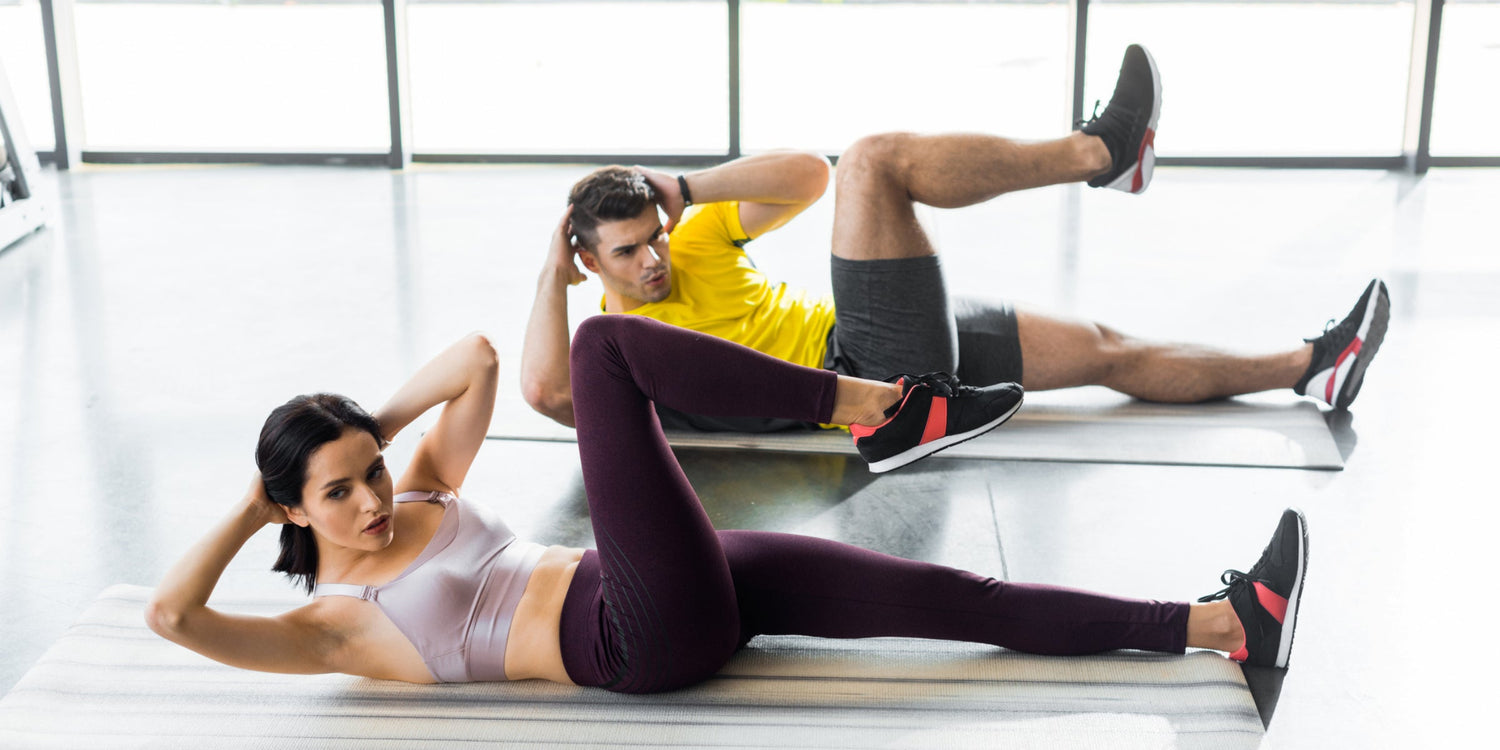
Fitness Goal Setting 101: SMART Techniques for Your Next Workout
January 2, 2024
Read more >
-

Why Massage Guns Can Help Relieve Post-Workout Muscle Soreness?
November 30, 2023
Read more >
-
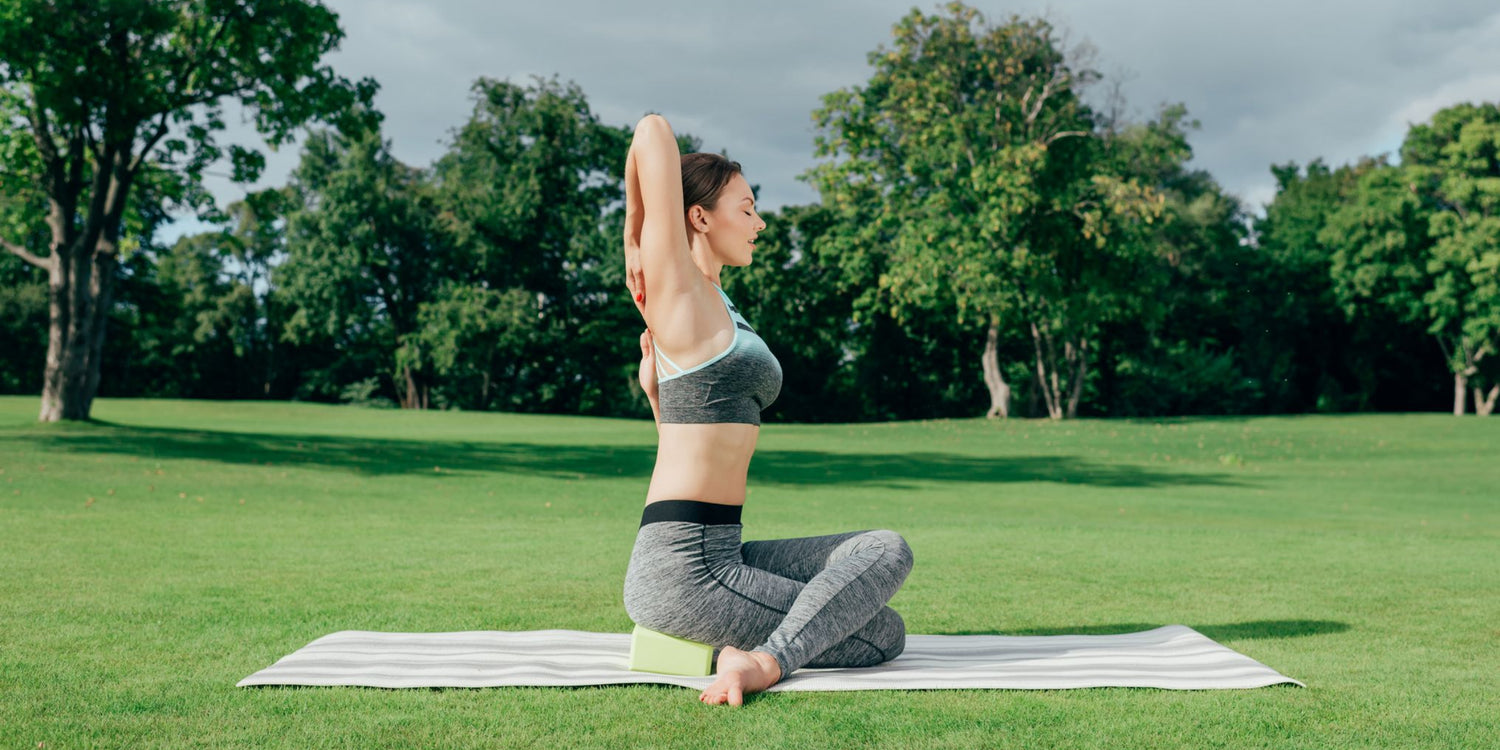
How to Incorporate Yoga into Your Workout Routine
November 23, 2023
Read more >
-
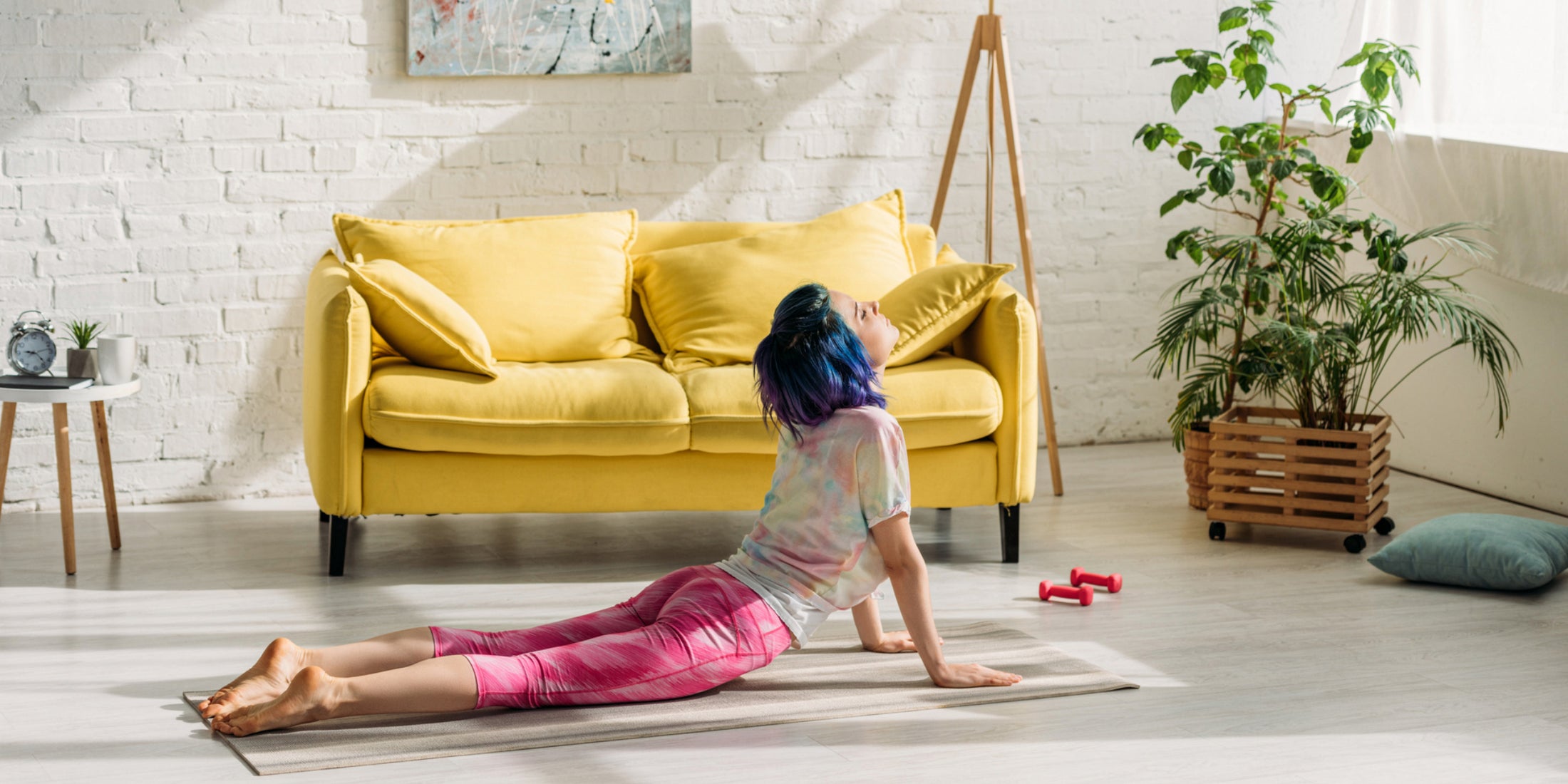
Gentle Workouts: The Secret to Staying Fit and Calm
November 8, 2023
Read more >
-
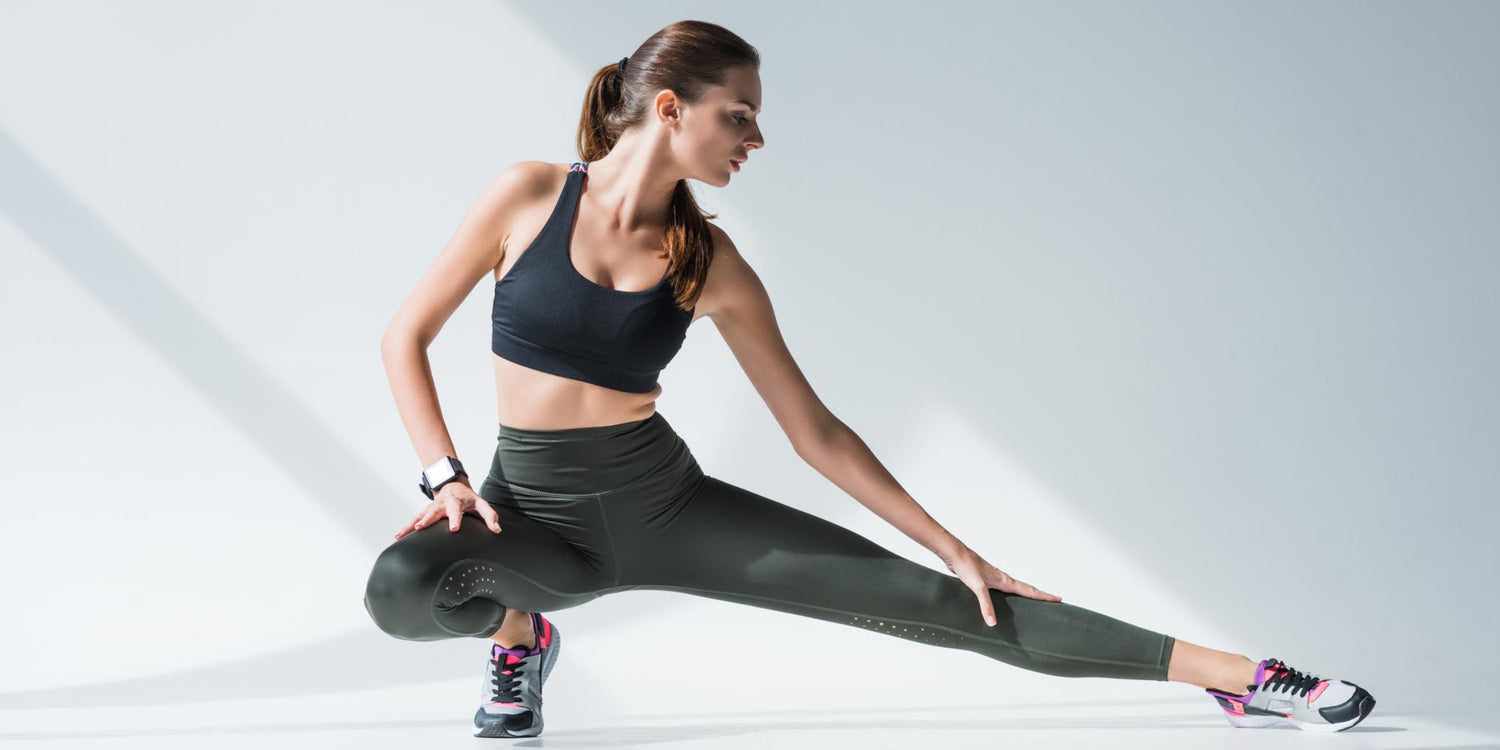
How Stretching Can Enhance Your Workout Performance and Recovery
November 6, 2023
Read more >




